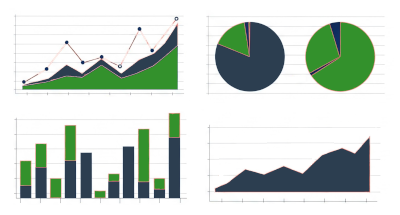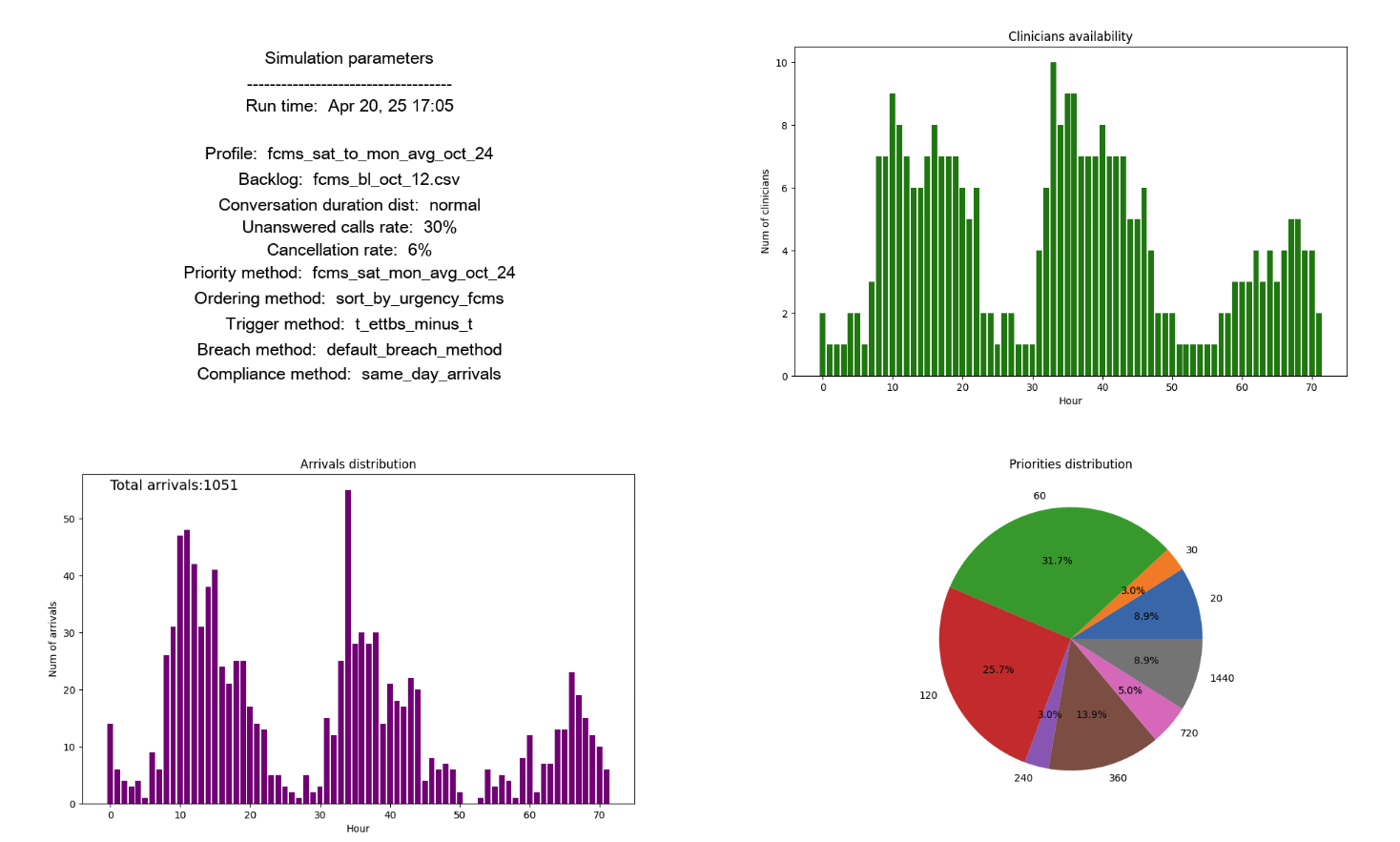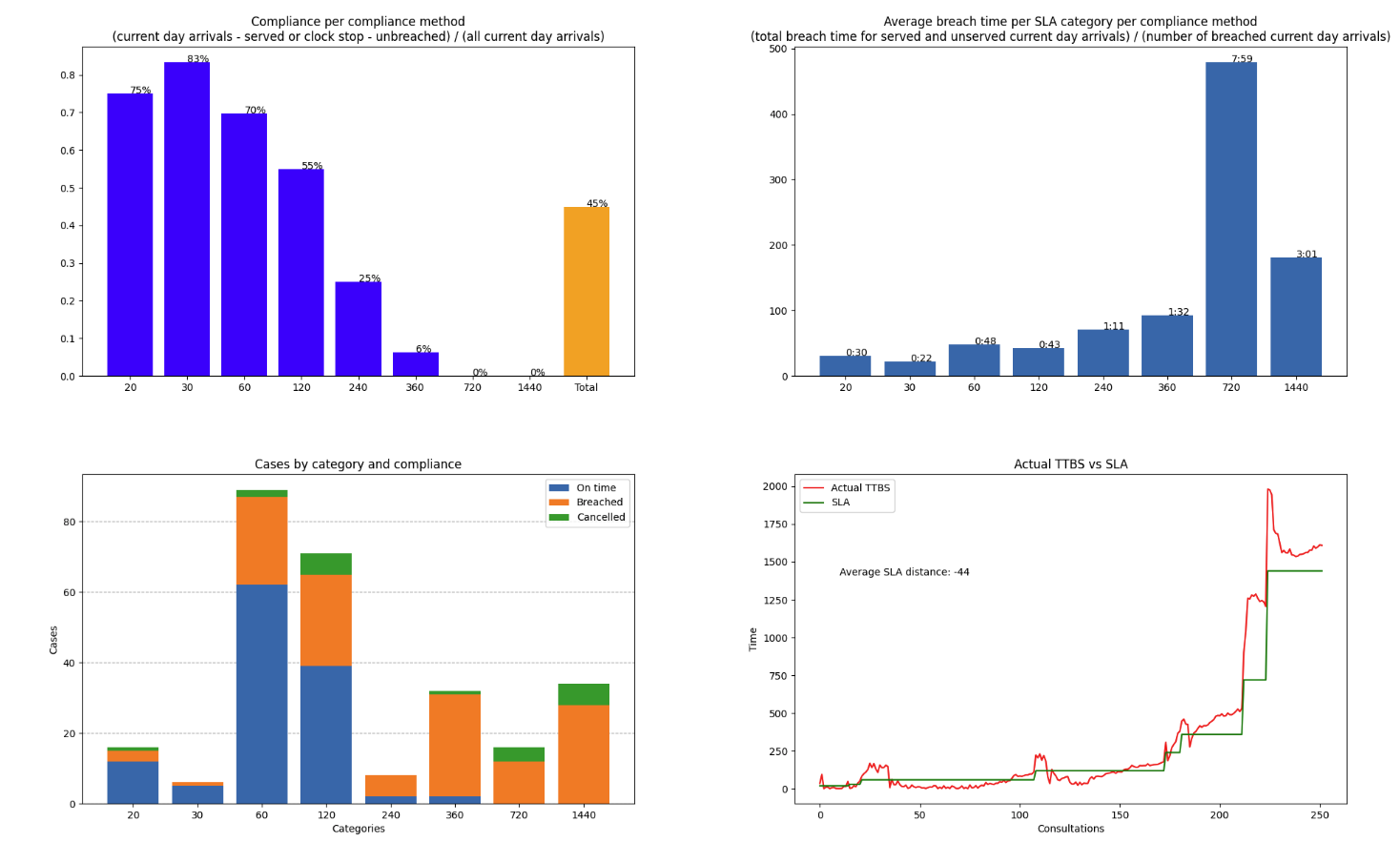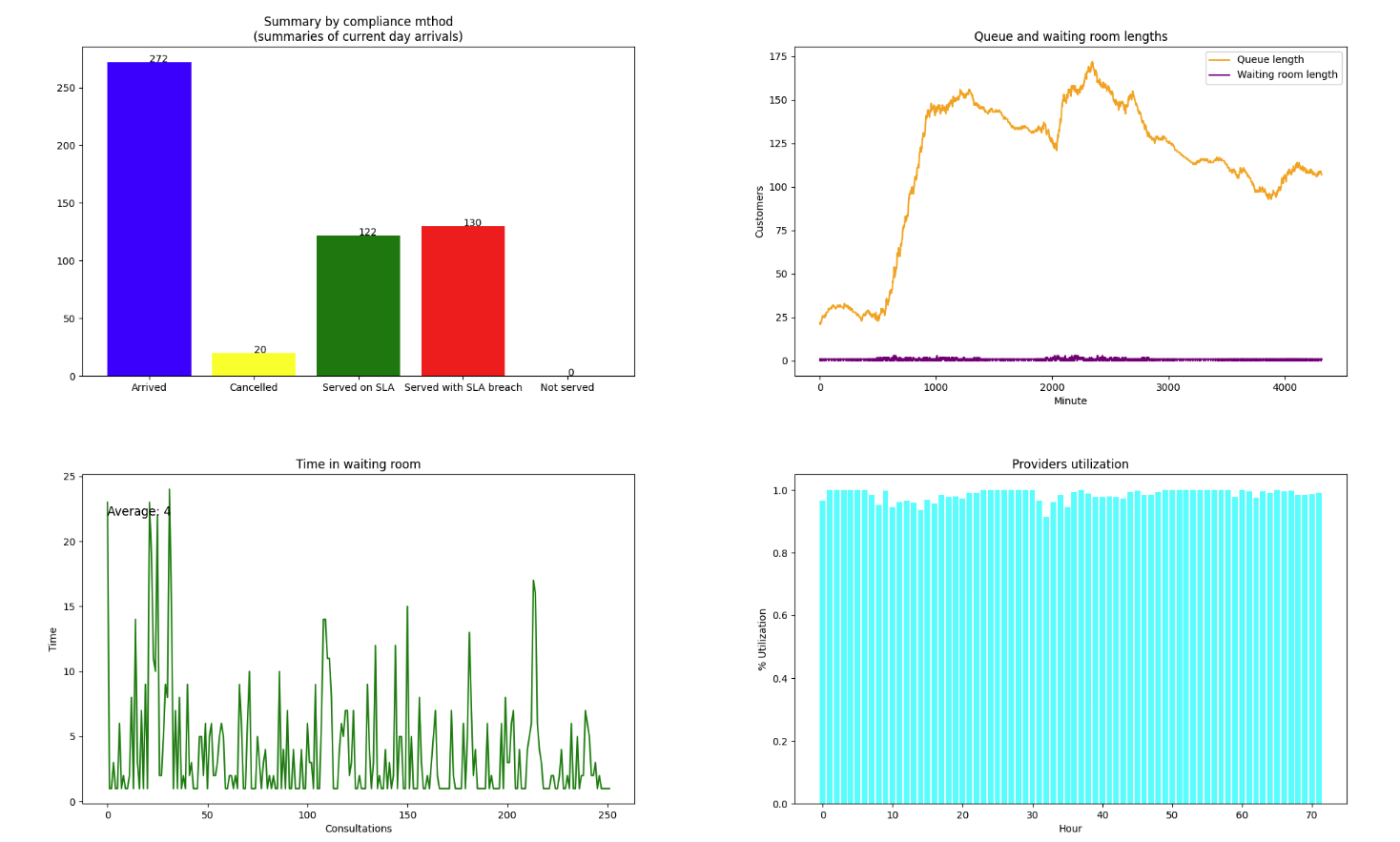Virtual queue simulation

A virtual queue simulation tool that enables to test different configuration scenarios and their impact on the system's performance.
The tool became the go-to practice when introducing new configurations as part of providing professional services, and an addition to the
value proposition in the sales process
The unmet need
- As a platform designed to automate high volume remote and face-to-face clinical encounters in many different environments and settings,
the way it is configured and customized is critical to the success of the deployment
- As it grew in features and complexity, it became impossible to predict how different configurations will affect parameters
like waiting times, service times, queue lengths, clinician utilization etc. And in turn, how would that affect SLAs and patient clinical safety
- The common practice was to deploy changes to production and pray that nothing goes wrong
- Hence the need has arised for a reliable way to test different configuration scenarios before they were
implemented to production
The value proposition

A virtual queue simulation tool that enables to test different configuration scenarios and their impact on the system's performance.
The tool became the go-to practice when introducing new configurations as part of providing professional services, and an addition to the value proposition in the sales process
A virtual environment that simulates the real world, and allows to test different configuration scenarios and their impact on the system's performance.
The KPI
- Simulated results are within reasonable accuracy with actual results
- Adaption of the practice of simulation by customers and customer facing teams
The MVP
- As an MVP the simulator was designed to be a stand alone tool for internal use
- No graphical user interface required
- Outputs can be exported and communicated with stakeholder
The simulator components

The implementations
The simulator is implemented as a stand alone Python script that can be run from the command line. The outputs were both numerical and graphical
The simulation input

The simulation output
Some examples of the simulation graphical outputs


The impact
The simulator proved to be highly accurate in predicting the system performance based on various configuration scenarios, an achievement that was not possible before. It became the go-to practice when introducing new configurations internally and while communicating changes with customers.
